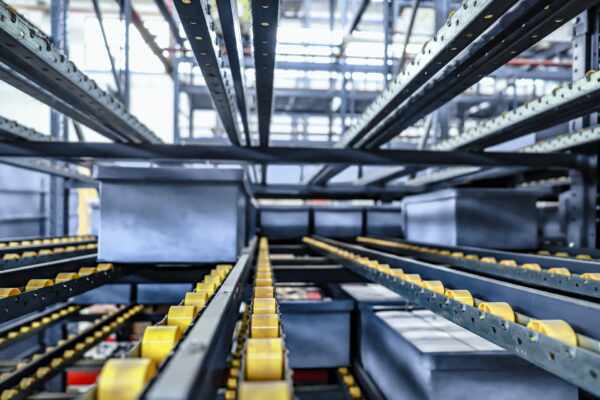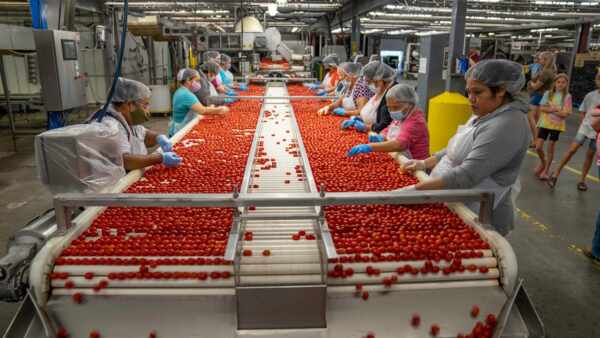The efficiency and productivity of industries that rely on conveyor belt systems are directly influenced by the choice of the most suitable conveyor belt type for their specific requirements. With a diverse range of materials, designs, and configurations available, it is essential to have a comprehensive understanding of different conveyor belt types and their respective applications to make the most informed decision for your facility.
In this insightful article, we will provide you with an in-depth guide to various conveyor belt types and their unique applications to help you navigate the complex world of conveyor belt selection. We will explore some of the most common belt types, including fabric belts, modular plastic belts, steel belts, and more, delving into their key features and suitability for different industries and processes. This vital information will empower you to make the best choice for your facility, ensuring smooth and efficient operations.
Leveraging our extensive expertise in the conveyor belt industry, we aim to provide you with a comprehensive resource that will help you make data-driven decisions and optimise the performance of your facility’s conveyor belt system. With a comprehensive understanding of different conveyor belt types and their applications, you’ll be equipped to make the most informed choice, ensuring your facility operates at the highest level of productivity and efficiency.
Exploring Common Conveyor Belt Types
Before diving into the specific applications of various conveyor belt types, it is crucial to familiarise ourselves with some of the most common belt types available:
1. Fabric Belts: Constructed from multiple layers of rubber, fabric belts are a popular choice due to their flexibility and versatility. They are suitable for a range of applications and industries, including food manufacturing, distribution centres, and packaging facilities.
2. Modular Plastic Belts: These belts consist of interlocking plastic modules, making them easy to clean and maintain. Their durable design makes them resistant to wear and tear, and they are well-suited for a wide range of industries, such as food processing and pharmaceuticals.
3. Steel Belts: Known for their immense strength and durability, steel belts can withstand heavy loads, high temperatures, and harsh environments. They are frequently used in applications such as food manufacturing, automotive, and metal processing.
4. Flat Belts: Flat belts are made from a variety of materials, including rubber, PVC, and polyurethane. Their simple design offers excellent flexibility and can be used for straight or curved conveyor systems in industries such as packaging, distribution, and manufacturing.
Delving into Conveyor Belt Applications Across Industries
Now that we have a foundational understanding of common conveyor belt types, let us examine some of their unique applications across various industries:
Fabric Belts in Food Manufacturing
Fabric belts are frequently used in food manufacturing processes due to their flexibility and adaptability. These belts are suitable for handling a wide range of food products, from delicate baked goods to heavy sacks of grain. With varying degrees of abrasion resistance and grip, fabric belts can accommodate the diverse requirements of different food manufacturing applications.
Modular Plastic Belts in the Pharmaceutical Industry
The pharmaceutical industry often relies on modular plastic belts due to their durability and ease of sanitation. These belts are resistant to chemical exposure, making them perfect for transporting pharmaceutical products and chemicals without any risk of contamination. In addition, modular plastic belts are easily disassembled for thorough cleaning and maintenance, ensuring compliance with stringent hygiene standards in the pharmaceutical sector.
Steel Belts in Automotive and Metal Processing
Steel belts are particularly well-suited to applications where heavy loads, high temperatures, and harsh environments are commonplace, such as automotive assembly lines and metal processing facilities. Their immense strength and durability allow them to support the transportation of heavy components without any risk of damage. Additionally, steel belts can withstand the high temperatures associated with metalworking processes, making them indispensable in these settings.
Flat Belts in Packaging and Distribution
Flat belts are a popular choice in packaging and distribution facilities due to their simplicity and flexibility. Their design allows them to be used for both straight and curved conveyor systems, providing efficient and functional solutions for various packaging and distribution processes. With a wide range of material options, flat belts can cater to the unique needs of different industries, ensuring optimal performance and longevity.
Key Considerations When Selecting the Ideal Conveyor Belt Type
To make the best decision when selecting the ideal conveyor belt type for your facility and specific processes, consider the following key factors:
1. Material and Weight Handling Requirements: Consider the types of materials your conveyor belt will be handling, as well as their weight and size. This will help you determine the appropriate belt type that can withstand the required load capacity without causing undue wear or damage.
2. Environment and Temperature Conditions: Evaluate the environmental conditions and temperature requirements of your facility to select a conveyor belt type that can function optimally in those specific circumstances.
3. Maintenance and Cleaning Needs: Consider the maintenance and cleaning requirements for your facility, and select a conveyor belt type that can be easily maintained and cleaned based on your industry’s standards and regulations.
Conclusion
Understanding the various conveyor belt types and their unique applications in different industries is essential for making an informed decision when selecting the ideal conveyor belt for your facility. By considering factors such as material handling requirements, environmental conditions, and maintenance needs, you can choose a conveyor belt system that will optimise the performance and efficiency of your facility’s processes.
Do you need assistance in selecting the perfect conveyor belt type for your unique needs and facility requirements? Our team of experts is here to help with personalised advice and guidance. Contact us today to ensure that your conveyor belt system operates at maximum efficiency, contributing to the overall success of your operations.




